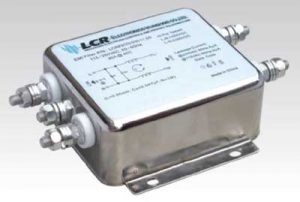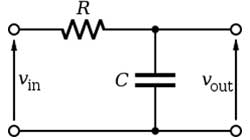What is a filter?
Category: Electronics Articles
21 Mar 17
A filter circuit may be defined as an electrical circuit which is minimized the undesirable AC component from the  rectifier output and allows the DC component to reach the load. The filter is used to minimize the ripple content in the rectifier output. The output of various rectifiers circuits is pulsating which has a DC value and some AC variations is known as ripples. The presence of ripple is most undesirable in many electronics circuits and system because it may affect their normal operation. The ripple must be kept away from the load this work done by filter.
rectifier output and allows the DC component to reach the load. The filter is used to minimize the ripple content in the rectifier output. The output of various rectifiers circuits is pulsating which has a DC value and some AC variations is known as ripples. The presence of ripple is most undesirable in many electronics circuits and system because it may affect their normal operation. The ripple must be kept away from the load this work done by filter.
The functions of a filter circuits are,
- From the output voltage of the rectifier it removes the ripple.
- To reach the load filter allow the pure DC voltage.
- It improves the ripple factor of the rectifier.
The types of filters are given below,
- Passive or Active filters.
- Linear or non linear filters.
- High pass filter.
- Band pass filter.
- Low pass filters.
- Band stop filters.
- All pass filters.
- Finite impulse response (FIR) or infinite impulse response (IIR) filters.
- Continuous time or discrete time filters.


